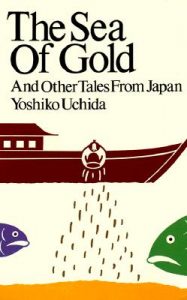 An idyllic holiday for Ajay, Rina and Gelti at Uncle Raj’s farm in the Kumaon hills, becomes an eventful one when Ajay stumbles upon a herb which can cure a dreaded disease.
An idyllic holiday for Ajay, Rina and Gelti at Uncle Raj’s farm in the Kumaon hills, becomes an eventful one when Ajay stumbles upon a herb which can cure a dreaded disease.
Intermediate (ages 9-14)
Material appropriate for intermediate age groups
The Ocean Of Story
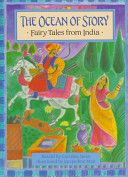
A twelfth-century Sanskrit parallel to “The Princess and the Pea” is just one of the surprises in this unusual collection, in which wily peasants, scheming rajahs, and saintly brahmans mingle in stories full of spice and wit. “An intriguing collection of 18 stories….skillfully retold….Vibrant, richly patterned full-page paintings and delightful spot illustrations transport children to a magical country of long ago.”–School Library Journal.
Ancient India (Myths of the World)
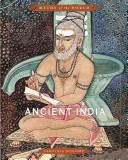
These timeless tales of gods and heroes give us a window into the beliefs, values, and practices of people who lived long ago.
Exploration Into India
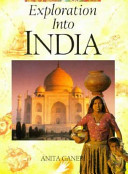
Exploration Into India is part of a series describing the history of chosen regions before and after their exploration by Europeans. This book is about exploring the whole story of India from the earliest times, through the periods of its invasion, to the days of its exploration by merchants and explorers. Read about the adventures of Alexander the Great as he travels to the Indus River. See the fabulous wealth of the Mogul Emperor Akbar and follow in the footsteps of the European missionaries and traders who became fascinated by India.
India

Festivals of the World offers a colorful introduction to the festivals and cultures of countries around the world.
The Sea of Gold : And Other Tales from Japan
Favorite Fairy Tales Told In Japan (Favorite Fairy Tales Book 13)
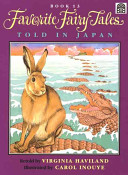
Five traditional Japanese tales: “One-inch Fellow, “The Good Fortune Kettle,” “The Tongue-Cut Sparrow,” “Momotaro,” and “The White Hare and the Crocodiles.”
Takeshita Demons
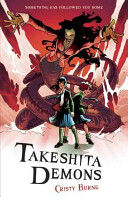
Miku Takeshita and her family have moved from Japan to live in the UK, but unfortunately the family’s enemy demons have followed them. Miku knows she’s in trouble when her new supply teacher turns out to be a Nukekubi – a bloodthirsty demon who can turn into a flying head and whose favourite snack is children. That night, in a raging snowstorm, Miku’s little brother Kazu is kidnapped by the demons, and then it’s up to Miku and her friend Cait to get him back. The girls break into their snow-locked school, confronting the dragon-like Woman of the Wet, and outwitting the faceless Nopera-bo. At last they come face to face with the Nukekubi itself – but will they be in time to save Kazu?
The Sign of the Chrysanthemum (Harper Trophy Book)
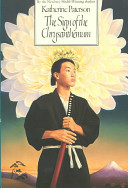
Muna has never known his father — a samurai, a noble warrior. But Muna’s mother has told Muna how he will know him one day: by the sign of the chrysanthemum. When his mother dies, Muna travels to the capital of twelfth-century Japan, a bewildering city on the verge of revolution. He finds a haven there, as servant to the great swordsmith, Fukuji. But Muna cannot forget his dream: He must find his father. Only then will he have power and a name to be reckoned with. Only then will he become a man.
Along The River

Bestselling Chinese American author Adeline Yen Mah weaves her authentic accounts of life in China into an absorbing novel about a Chinese girl and her vision of a previous life. After a fall, CC is whisked away to a hospital. As she drifts in and out of consciousness, she is haunted by vivid dreams that seem strange-yet somehow familiar. Thus begins CC’s emotional journey back to a privileged life lived eight hundred years ago during the Song dynasty. CC is the daughter of a wealthy and influential man, but she finds herself drawn to a poor orphan boy with a startling ability to capture the beauty of the natural world. As the relationship between these two young people deepens, the transforming power of art and romantic love comes into conflict with the immovable rules of Chinese society. This stunning fantasy adventure novel, inspired by Chinars”s most famous painting, Along the River at the Qing Ming Festival, tells the story of a friendship both tender and bold. CC’s remarkable journey reminds readers that though time moves on, art and love endure. From the Hardcover edition.

